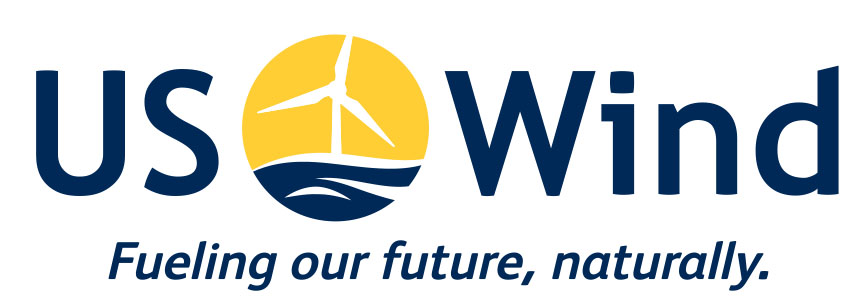Why ports are integral to offshore wind success
East Coast states have been making significant strides in asserting their position as leaders of the offshore wind sector and the renewable energy industry in general, setting ambitious targets and gaining legislative momentum.
From New York supporting the development of 9,000 megawatts of offshore wind energy by 2035, which will be enough to power up to 6 million homes; New Jersey fully implementing the Offshore Wind Economic Development Act (OWEDA) and seeking the initial 1,100 MW of offshore wind capacity as a significant step towards meeting its goal of 3,500 MW by 2030 and 100% clean energy by 2050; Connecticut releasing a request for proposals (RFP) seeking up to 2,000 MW of offshore wind; Massachusetts requiring its Electric Distributions Companies (EDCs) to conduct additional solicitations and procurements for up to 1,600 megawatts (MW) of additional offshore wind; to Maryland passing the Clean Energy Jobs Act (CEJA) into law, requiring 50% of the state’s energy to come from renewable sources by 2030, and mandates research on strategies to reach 100% renewable energy sources by 2040.
So what’s next?
Advancing the U.S. offshore wind sector will require a robust workforce and building a supply chain, including port infrastructure. According to Lars Andersen, president of K2 Management’s North American operations, “Timing is everything and congestion could be a major problem over the next decade…For example, a single port harbor facility will be overburdened if multiple projects are under construction at the same time. Therefore, developers will likely have to consider multiple facility strategies and secure their options well ahead of time.” He also adds, “As different ports will provide different capabilities, expect to see more public-private partnerships, ad-hoc agreements, and regional pacts moving forward. Ultimately, a reliable offshore wind sector in the U.S. will depend on high-quality port infrastructure, and lots of it.”
Wind Power Engineering outlined some of the most important qualities of port infrastructure that can soundly and sufficiently handle offshore wind operations, including “heavy-lift capacity, adequate laydown for the handling and storage of large components, unimpeded access in and out of the harbor, geographic proximity to the project site, and zero air draft restrictions for wind-turbine construction efforts.”
Currently, American ports are not designed for offshore wind. But these East Coast states are actively making efforts towards optimizing ports to handle these aforementioned required capabilities. In Maryland, specifically, a report has noted that the state has the “embedded industrial capability to capitalize on, and perhaps command, the upcoming offshore wind economy that will develop in the Atlantic,” in addition to its unmatched level of steel supply capability.
Maryland’s well-developed transportation system will also enable the manufacturing, construction, and commissioning of its own offshore wind farms, and staging the distribution of an offshore wind supply chain industry through its commercial deepwater ports.
